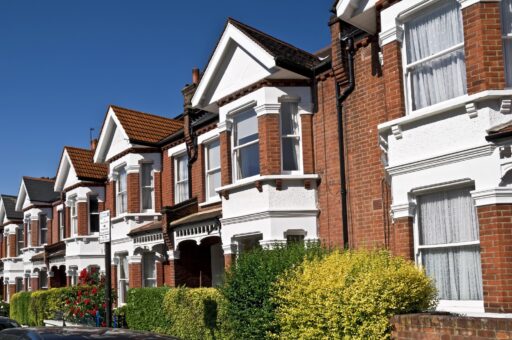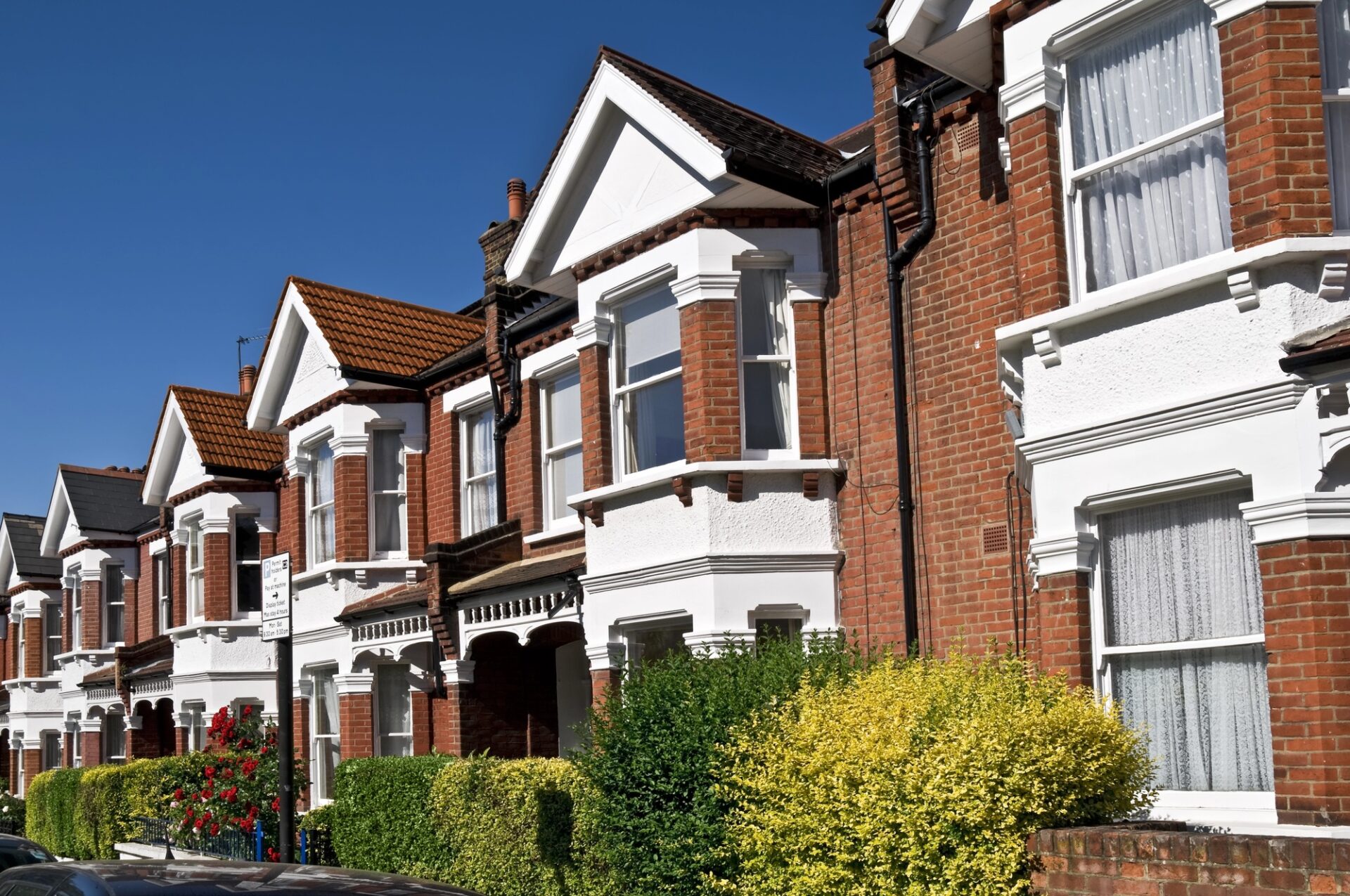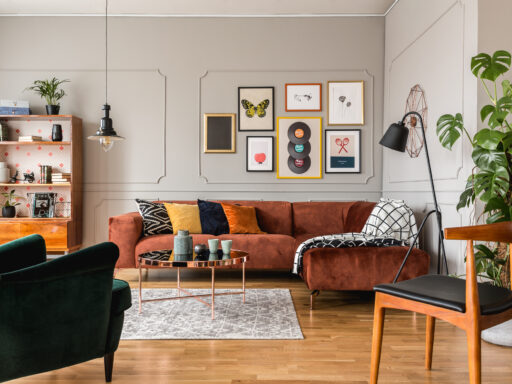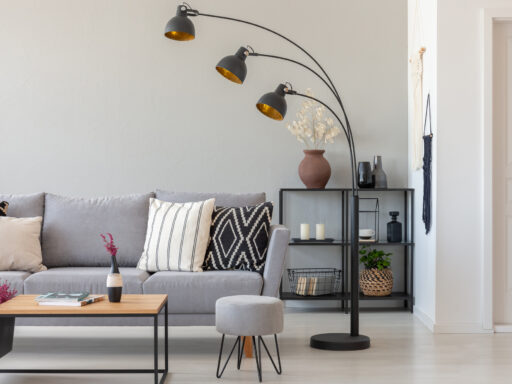Are you the fortunate owner of a Victorian home that features a neglected basement? It’s the perfect opportunity to think about renovating that space and turning your historic cellar into something truly functional! While many homeowners tend to emphasize the aesthetic of their Victorian properties above ground, the basement can represent an untapped treasure trove, ready for a stunning transformation that adds meaningful space to your home. In this article, we’ll delve into design concepts for Victorian basements that merge the allure of historical architecture with the conveniences of contemporary living.
Understanding Victorian Basements

Victorian houses, typically built from the mid to late 19th century, often contained basements or cellars that were either singular rooms or multiple spaces beneath the main level of the home. The architectural layout of these basements varied greatly, with some positioned entirely underground while others had the luxury of receiving some natural light.
In the Victorian era, the function of basements differed greatly based on the family’s social and economic stature. For those who enjoyed affluence, these spaces often served as quarters for servants, providing them a degree of separation from the main family. Basements frequently housed kitchens, isolating cooking odeurs from the rest of the home, and laundry facilities for household chores. Some homes even featured laundry chutes that facilitated the transfer of soiled linens to the basement.
Long before modern conveniences like electricity and refrigeration existed, the naturally cooler climate of a Victorian basement made it an ideal place for storing perishables and wine. In residences relying on coal for heating, a section of the basement was often designated for coal storage, sometimes equipped with a coal chute for deliveries. Many basements also included a hearth or fireplace which helped warm the area, offering possibilities for a cozy atmosphere if you choose to renovate.
Is Converting a Victorian Basement Difficult?
The complexity of turning a Victorian basement into a livable space largely hinges on factors like its current condition, structural soundness, and the need for features such as waterproofing, damp proofing, ventilation, or insulation. Additionally, ceiling height and applicable building regulations can significantly impact the feasibility of the conversion.
It is important to note that not every basement will be suitable for conversion. Some may be limited to crawl spaces lacking adequate height. If you envision transforming a compact cellar into a usable area, the ceiling height becomes paramount. In certain instances, it may be possible to excavate the floor to elevate ceiling height, though this option can significantly raise costs and may not always be practical. It is vital to consult with an expert to assess the structural integrity of the space before proceeding with any modifications, particularly given the potential age-related damage or other issues that may have developed over the years.
Dampness is often a concern for older basements, necessitating the installation of a waterproofing system and possibly a sump pump to manage water accumulation. While original Victorian basements typically lacked insulation, it is an essential addition for modern conversions. Adequate ventilation and insulation are fundamental not just for maintaining a comfortable atmosphere, but also in mitigating the risk of mold. If windows are present, consider updating them or adding new ones to enhance natural light.
Your intended use for the renovated basement will also play a significant role in the planning. Are you contemplating creating a laundry room or perhaps a bathroom for guests? If so, ensure adequate plumbing and electrical provisions are in place. You may also need to consider installing additional heating systems—each element can require considerable time and investment.
Engaging with skilled professionals such as a structural engineer, architect, or builders right from the outset of your project is critical for a successful Victorian basement conversion. Their insights can guide you in making informed decisions about a tasteful integration of historical elements and modern amenities. It’s also wise to discuss the financial aspect, as the costs associated with converting a basement will vary significantly based on the planned changes.
Creative Ideas for Transforming a Victorian Basement

Some of the most successful renovations of Victorian basements focus on maintaining original features while updating others for modern use. Here are some design suggestions that can help retain the historical aura of a Victorian basement while integrating contemporary demands.
Merging Victorian Charm with Modern Elements
The architectural style of the Victorian period is characterized by its detailed moldings and ornate trims, showcasing intricate patterns on ceilings, walls, and door frames. Incorporating these traditional aspects can instantly evoke the spirit of the era in your basement. Adding crown molding featuring floral designs can instill a sense of magnificence and depth. For a softer contemporary approach, choose sleek, simple profiles that subtly nod to the past without overwhelming the space.
Using seamless drop ceiling panels is an excellent method to modernize your basement’s look while enhancing its acoustics. These ceiling solutions offer an elegant finish while also improving sound quality, making the area feel more inviting.
Stained glass windows, known for their enchanting play of light and color, can invigorate your basement. These vibrant elements can elevate a plain basement into a stunning visual experience. Consider using stained glass in unconventional methods, such as accent pieces or functional room dividers, allowing light to traverse the space while creating distinct areas.
Combining Vintage and Contemporary Flair
Explore the past by blending antique Victorian furniture with minimalist modern pieces. This eclectic mix can enhance the ambiance of your basement. Consider a chaise lounge with plush upholstery as a centerpiece, elegantly blending comfort with Victorian elegance. Alternatively, juxtapose a vintage velvet sofa with a sleek modern coffee table for a striking contrast that adds layers to your design. A Victorian writing desk paired with a contemporary chair can also create a visually appealing workspace while remaining functional.
Search for dual-purpose furniture that offers concealed storage. Items like ottomans with hidden compartments and modular shelving units can help maintain organization and control clutter.
Flooring Selections for Your Victorian Basement
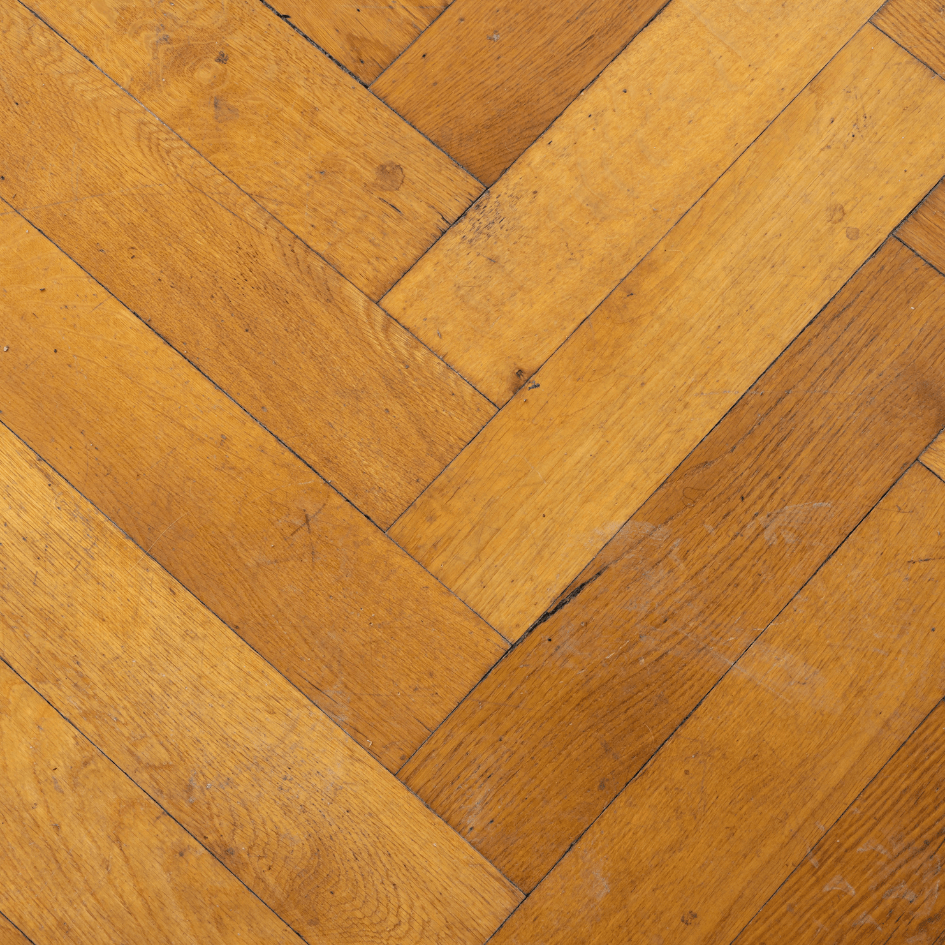
Victorian homes are often celebrated for their stunning hardwood flooring, featuring oak, mahogany, or walnut, often with detailed inlays and parquet designs. If you decide to pursue this style, a herringbone-patterned oak floor can provide an elegant foundation for your vintage furnishings.
If your budget prohibits traditional solid wood, consider engineered hardwood flooring. This alternative is not only durable but also eco-friendly, offering wooden aesthetics without sacrificing sustainability.
If you wish to recreate the distinctive geometric patterns seen in Victorian homes, consider incorporating patterned tiles into your basement. Encaustic tiles at the entrance can create a memorable first impression, while modern porcelain or ceramic tiles can simulate the aesthetic of vintage options, available in various patterns and colors inspired by the Victorian era.
Selecting Colour Schemes for Victorian Residences
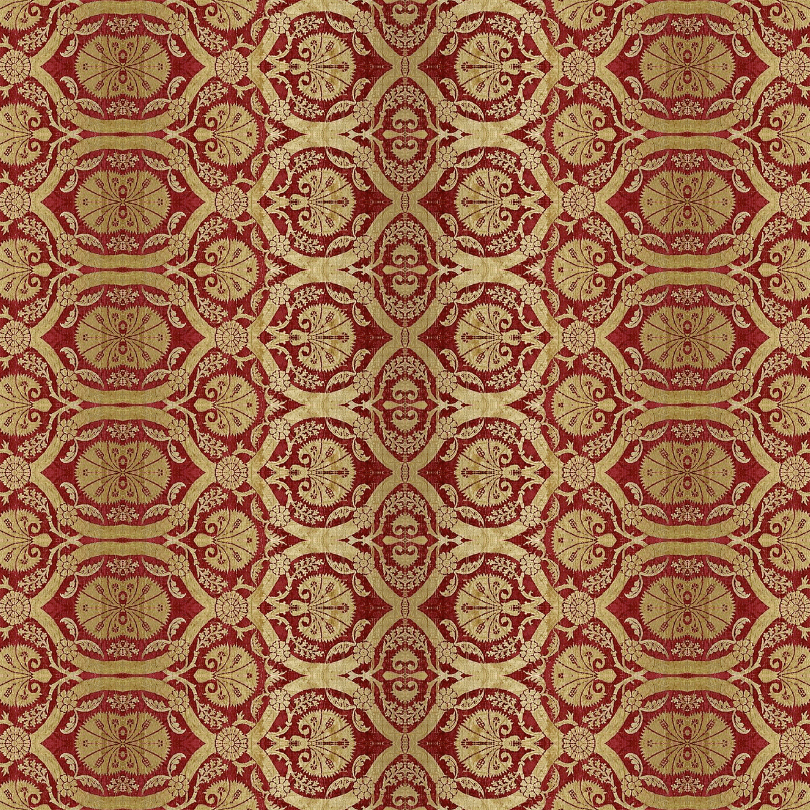
When determining the color palette for your revamped basement walls and furnishings, consider that Victorian interiors often featured deep, rich shades such as burgundy, forest green, and royal blue. To authentically capture this essence, paint an accent wall in a deep hue, creating a dramatic context for your Victorian decor. For a modern interpretation, incorporate a neutral base and introduce rich tones in furnishings or textiles.
Historical homes also often utilized wallpaper featuring flocking, damask patterns, and elaborate floral designs. Employing wallpaper can contribute to a sophisticated atmosphere in your renovated basement. The use of damask wallpaper can instill texture and character or serve as a striking focal point in the room.
Illuminating the Victorian Basement for Today
Utilizing both natural light and thoughtfully selected lighting fixtures can prevent dark corners and bleak areas. Crystal chandeliers, alongside brass and wrought iron light fixtures, are hallmark elements of Victorian decor and can cast a warm, inviting glow throughout your area. Incorporate layers of lighting through wall sconces and candelabras to enrich the overall mood and offer adjustable lighting options. Thoughtfully positioned brass sconces with intricate detailing can highlight artworks or architectural features.
If you prefer a modern and subtle lighting choice that supplements the Victorian elements, consider pendant lights with transparent glass shades that highlight exposed filament bulbs, offering a nod to nostalgia.
Smart lighting solutions are an excellent way to manage the intensity and color temperature of your fixtures, allowing for versatility in ambiance. Use this technology to help transition from brightly lit spaces that encourage productivity to softer, warm lighting perfect for relaxation.
Optimizing Space in a Victorian Basement
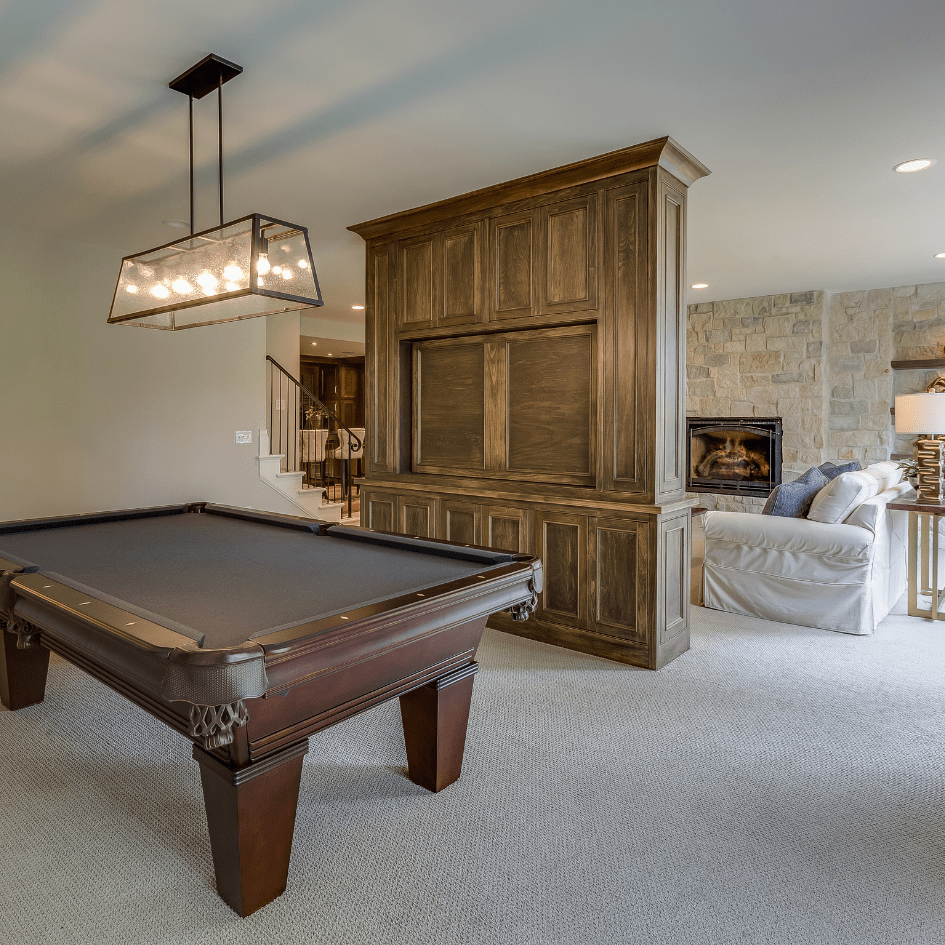
To maximize the usability of your basement, consider partitioning the area into various functional zones. Designate spaces for a wine cellar, a cozy nook for reading, or an entertainment area. This thought-out arrangement will enhance every bit of available space.
Employ Victorian-style cabinets and shelving for refined storage solutions that add organization while showcasing your cherished collectibles. Opt for vintage-inspired cabinetry with contemporary glass fronts to create a unique display for your treasures.
23 Innovative and Practical Uses for Your Victorian Basement
Feeling uncertain about how to utilize your newly transformed Victorian basement? Here are 23 suggestions that will help you maximize this lower level!
1) Family Retreat – For those who desire more room for family gatherings or social functions, converting your Victorian basement into a family room can be a delightful option.
2) Personal Sanctuary – Seeking your own escape from the everyday world? The basement of a Victorian home can serve beautifully as a personal retreat.
3) Arts and Crafts Corner – Passionate about crafting? Dedicate your basement to a creative space that also helps eliminate clutter from your living areas.
4) Dining Area – If entertaining guests is a love of yours, transforming your basement into a dining room can enhance your hosting experience.

5) Dedicated Laundry Space – If a laundry area has always been on your wish list, your newly renovated basement might be just the solution! Take humidity levels into account since appliances like a tumble dryer will produce moisture. You could even invest into a Victorian-themed laundry area with classic cabinetry and period-inspired tiles.
6) Wine Storage – Many Victorian homes boasted wine cellars; why not restore that feature? Whether you’re a wine connoisseur or simply want a stylish storage spot for your beverages, integrating wine racks into your basement can be both beautiful and practical.
7) Children’s Play Area – Establish a dedicated playroom in the basement where your kids can spread out their toys without cluttering your main living spaces. It’s also a safe haven for indoor play when outdoor spaces are limited.
8) Guest Suite – Convert your basement into an inviting guest bedroom with the option of including an en-suite for added convenience.
9) Fitness Space – Transform your basement into a fully equipped gym, outfitted with rubber flooring, mirrors, and versatile workout gear. A well-designed space fosters motivation.
10) Home Office – Design your Victorian basement as an inspiring workspace. Utilize vintage-style furnishings, suitable lighting, and carefully chosen palettes to enhance focus.

11) Cinema Experience – Craft a home cinema in your basement outfitted with cozy seating and surround sound to enjoy your favorite films in style.
12) Art Studio – Channel your creativity by establishing a dedicated zone for art. Ensure ample lighting, storage for supplies, and inspiring visuals on your walls.
13) Personal Spa Retreat – Create a luxurious spa-like experience complete with a jacuzzi, sauna, and soothing decor. Incorporate touches from the Victorian era for added elegance.
14) Reading Sanctuary – Set up a serene library or reading for peaceful moments. Incorporate towering bookshelves, inviting seating, and rich woods for a timeless feel.
15) Yoga Studio – Transform your basement into a personal yoga space for practice in solitude or among friends.
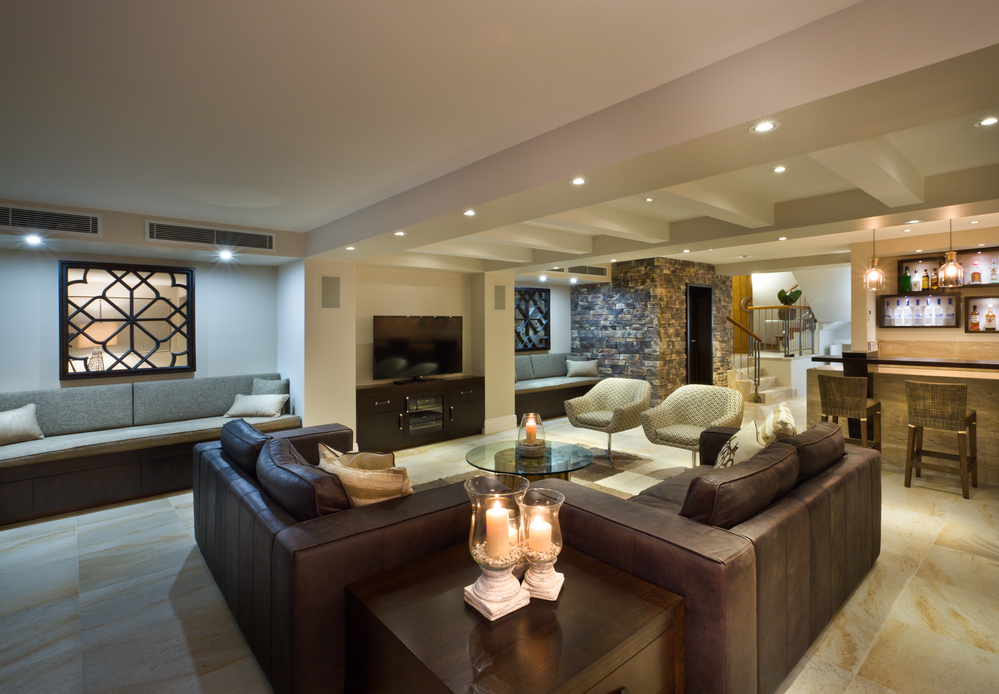
16) Home Bar – Create a chic lounge atmosphere with a bar setup, cozy seating, and mood lighting, perfect for entertaining or unwinding at the end of the day.
17) Independent Living Space – Consider transforming your basement into a self-sufficient unit, great for Airbnb hosting or giving your older child independent living space.
18) Dedicated Storage – If you’re short on storage, a renovated basement can serve as a practical, organized storage location for toys, books, or seasonal decorations.

19) Entertainment Zone – Convert your basement into a games haven with a pool table, dartboard, and card table, providing a luxurious and leisure-filled environment.
20) Additional Living Space – Looking for more space? Your Victorian basement is ideal for conversion into an intimate living area.
21) Music Production Studio – If music is your passion, craft a studio setting in your basement. Prioritize soundproofing to keep the peace with neighbors while enjoying your tunes.
22) Curated Display Space – Highlight your collections—whether they be antiques, vintage books, or memorabilia—by transforming your basement into a showcase corner.
23) Secret Garden Oasis – Design a cozy garden retreat complete with artificial turf, potted plants, and Victorian-style furnishings, perfect for basement adaptations lacking outdoor space.
Final Thoughts
Unlock the hidden potential of your home’s lower levels by applying these Victorian basement and cellar design ideas. By merging the historical allure of the past with the practicalities of modern living, you can revitalize these often-ignored areas into unique and inviting retreats. Embrace the opulence inherent in Victorian architecture and allow your imagination to flourish as you set out on a journey to reinvent your home.
